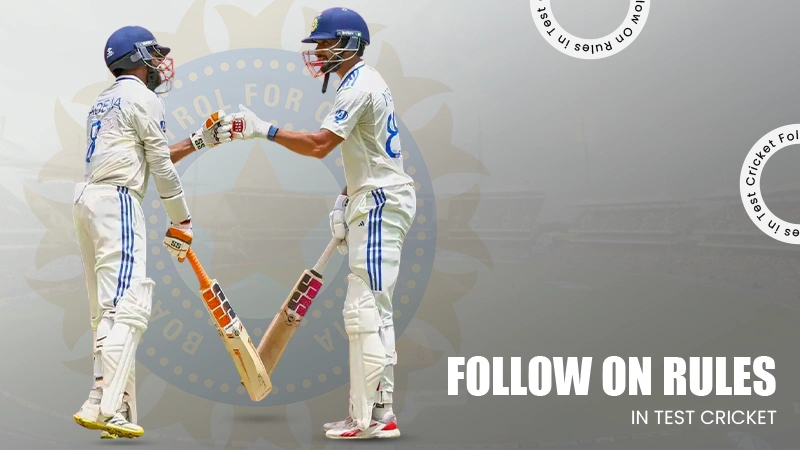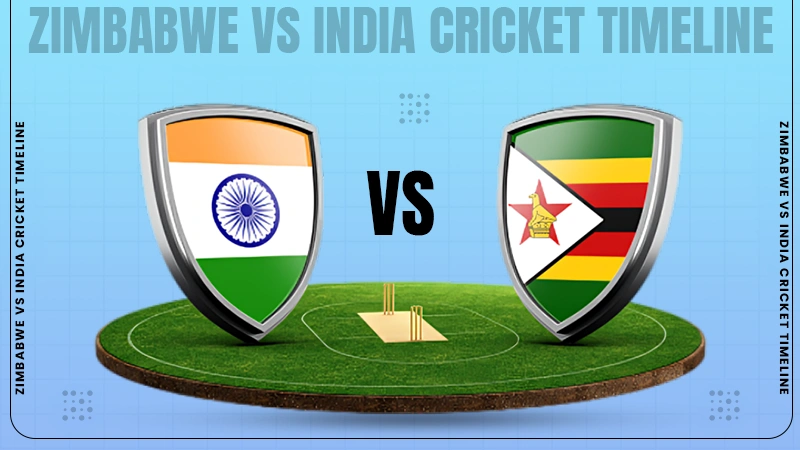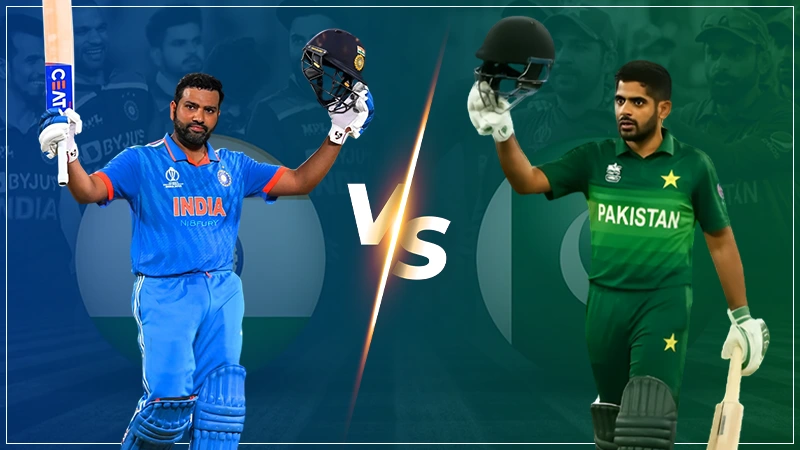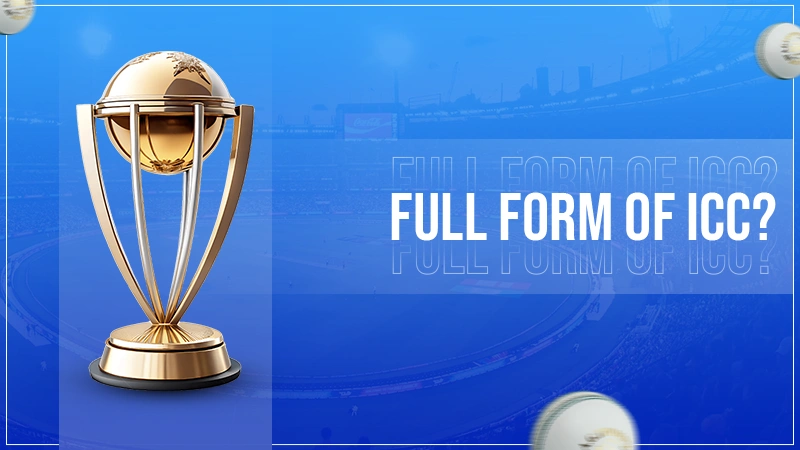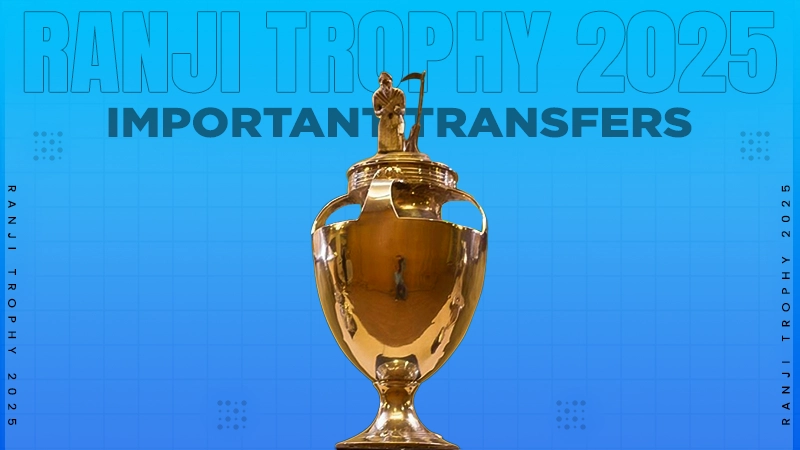
IND vs BAN: How the Rivalry Between India and Bangladesh Unfolded in Cricket
When cricket’s titans face off against its most dangerous underdogs, conventional wisdom evaporates faster than morning dew under blazing stadium lights. The India vs. ban rivalry shreds scripts.
The cricket equivalent of a meteorite strike occurred on March 17, 2007, in Port of Spain, when Bangladesh destroyed India by five wickets, removing the tournament favorites from the World Cup’s opening round with such surgical precision. Cricket purists were left speechless.
And platforms like DB bet watched market dynamics flip sideways as cricket’s established order collapsed in real-time spectacular fashion, proving that sport’s greatest theater emerges when impossibility wrestles probability to the ground and wins decisively.
In this blog post, we are going to explore more details about this enigmatic event and provide valuable insights to the readers.
Let’s begin!
Key Takeaways
- Looking at the impact of the 2007 earthquakes
- Decoding what is real and fake among different stories
- Discovering the psychological pressure of this event
- Uncovering the future trajectories and theories
The Earthquake That Changed Everything: 2007’s Defining Moment
Rahul Dravid’s star-studded batting order—featuring Sachin Tendulkar, Sourav Ganguly, Virender Sehwag—crumbled for a humiliating 191 runs on what should have been a batting paradise. The champions elect had been exposed, dissected, and discarded by cricket’s supposed minnows.
Bangladesh’s chase unfolded like a masterclass in fearless execution. Tamim Iqbal, 18, launched Zaheer Khan into the Caribbean stratosphere with the audacity of a young man unencumbered by reputation or fear. Each of the six carried defiance. Every border screamed revolution.
Greg Chappell’s coaching regime ended in effigy-burning fury. Bangladesh partied like they’d conquered Everest. Cricket’s natural order had received its most brutal reality check, courtesy of teenagers who refused to respect reputations.
Cricket had discovered its newest giant-killers.
Intriguing Insights
Both teams have faced each other 41 times, out of which 32 have resulted in Indian victory and 8 in Bangladeshi victory.
Numbers Tell Stories, But Never the Whole Truth
Statistical reality provides context, but context alone never captures the full emotional spectrum of india vs bangladesh warfare:
| Format | Matches Played | India Wins | Bangladesh Wins | Draw/No Result |
| Tests | 13 | 10 | 1 | 2 |
| ODIs | 42 | 33 | 8 | 1 |
| T20Is | 17 | 16 | 1 | 0 |
| Total | 72 | 59 | 10 | 3 |
India dominates mathematically. Unquestionably.
But those ten Bangladesh victories represent seismic shifts that transcend mere arithmetic. Each triumph rewrote cricket’s power equations. Each upset shattered betting markets, challenged assumptions, and forced cricket’s establishment to confront uncomfortable truths about changing dynamics.
The frequency of nail-biting finishes has increased exponentially. The margins of victory steadily decrease. Every year, close contests increase. Bangladesh’s increasingly advanced cricket machinery now needs only superb execution to accomplish what once required divine intervention.
Bangladesh specializes in peak performance precisely when stakes reach maximum intensity—World Cups, Asia Cups, series deciders. Pressure transforms them from underdogs into apex predators hunting legendary prey.
That defeat planted crucial seeds. Seeds of ambition. Seeds of defiance. Seeds that would eventually bloom into World Cup-winning performances and trophy-lifting celebrations that stunned cricket’s global audience.
The early encounters established psychological patterns that persist today. India approached matches with respectful confidence, aware of their superior resources and experience. Bangladesh treated every contest as an opportunity to prove their worthiness on cricket’s biggest stages, creating perfect conditions for dramatic upsets.
The Psychological Battleground: Why This Burns Different
Geography breeds intensity. Shared history amplifies competition. Cricket weaponizes both emotions explosively.
Cultural familiarity creates competitive contempt rather than comfortable camaraderie. Players communicate in similar languages, understand identical cultural references, and compete for recognition within the same regional cricket ecosystem. Victories carry added weight. Defeats sting with personal humiliation.
Bangladesh’s perpetual underdog status generates worldwide sympathy that extends far beyond cricket boundaries. Their triumphs feel like justice served against overwhelming odds. Their defeats resonate with injustice and missed opportunities that fuel future determination.
Indian players face enormous psychological pressure unique to this rivalry. Losing to Bangladesh triggers national soul-searching that penetrates political discourse, cultural criticism, and economic analysis. Media scrutiny intensifies. Fan disappointment amplifies. Cricket becomes proxy warfare for broader national prestige.
Social media warfare now parallels on-field battles with matching intensity. Twitter exchanges between supporters generate passion levels exceeding most international sporting relationships. Instagram celebrations have evolved into tribal declarations of dominance. Facebook discussions turn into virtual battlegrounds where cricket statistics collide with nationalistic rhetoric.
The timing proved perfect for maximum dramatic impact.
T20 franchise cricket complicates psychological dynamics significantly. Teammates in various global leagues transform into international adversaries within weeks, adding personal elements that intensify competitive situations beyond normal sporting boundaries. Cross-pollinated relationships blur traditional loyalties while creating fascinating subplots.
Digital amplification extends the rivalry far beyond actual playing time. Controversial decisions spark immediate viral responses. Outstanding performances elicit celebratory memes that spread worldwide. The contest is ongoing across social media platforms, maintaining engagement in between actual matches.
Future Trajectory: Chaos Theory in Cricket Form
Young cricketers from both nations developed their skills watching this rivalry mature into must-see entertainment. Bangladeshi players now expect victory rather than hope for miracles when facing India. Indian players understand that sloppy preparation guarantees embarrassing defeats and harsh media criticism that extends beyond cricket and into broader cultural commentary.
Scheduling frequency will determine rivalry intensity moving forward. Additional bilateral series create more opportunities for memorable contests that capture global imagination. Home advantage proves decisive for Bangladesh, suggesting future series in Dhaka will continue producing closely contested results that keep audiences guessing until final deliveries.
The broader implications ripple throughout Asian cricket development. Bangladesh’s sustained competitiveness against India inspires other emerging nations and proves that traditional hierarchies yield to dedicated development programs, strategic innovation, and unwavering belief in possibility.
The Eternal Appeal: Sport’s Greatest Underdog Saga
Cricket’s most compelling narratives emerge from unexpected sources where hope battles expectation and determination conquers superior resources through sheer force of will.
Ind vs ban cricket embodies these timeless themes while adding distinctly subcontinental flavors—linguistic familiarity, cultural understanding, historical connections, geographical proximity. Every encounter writes fresh chapters in sport’s most captivating underdog epic that resonates far beyond cricket’s traditional boundaries.
The rivalry represents something profound about human nature, national pride, sporting evolution, and the beautiful unpredictability that makes athletic competition fascinating to all people, regardless of technical knowledge or cultural background.
Statistics favor India overwhelmingly. Historical patterns suggest continued dominance. Logical analysis predicts routine Indian victories.
Ans: India-Pakistan is one of the biggest rivalries in cricket.
Ans: Sanju Samson’s 111 powered India to 297/6, its highest T20I total, before a 133-run win.
Ans: Bangladesh’s total of 58 was the lowest total by any team against India in ODIs.

